A new Facebook algorithm could lead to safer and more efficient bots.
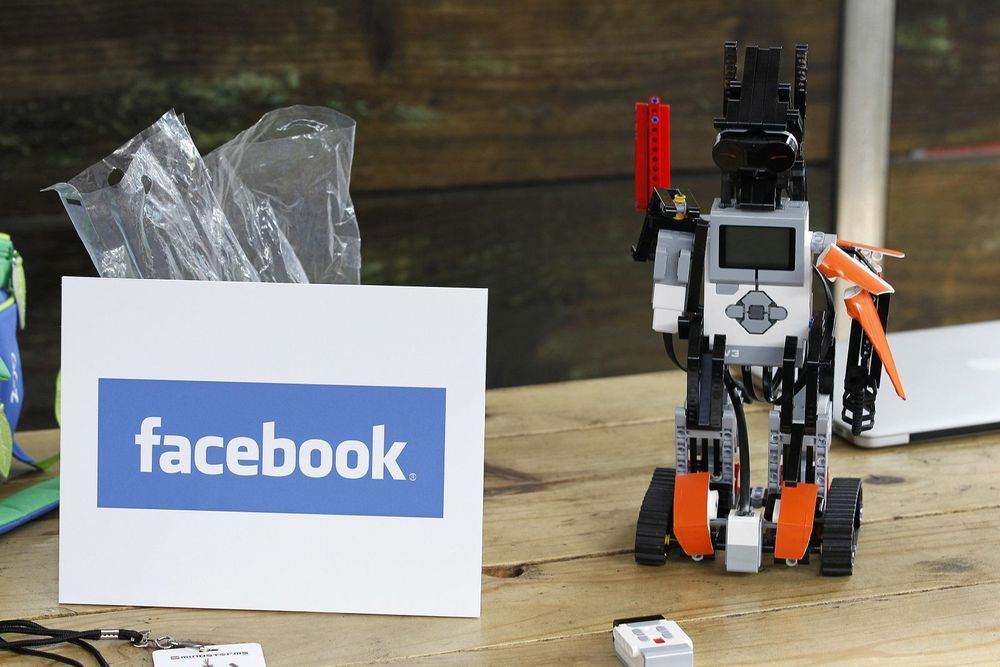

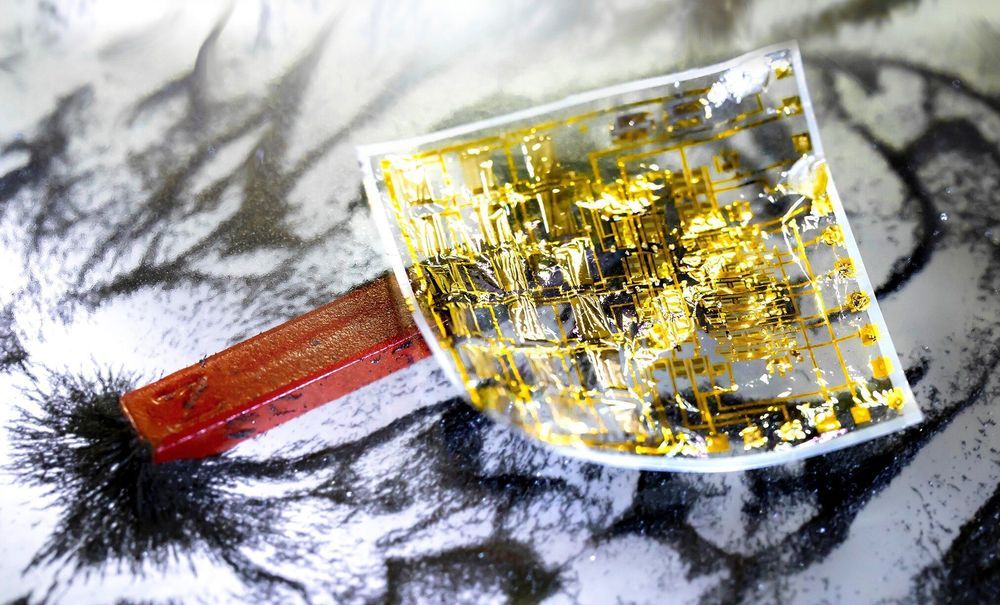
Human skin is a fascinating multifunctional organ with unique properties originating from its flexible and compliant nature. It allows for interfacing with external physical environment through numerous receptors interconnected with the nervous system. Scientists have been trying to transfer these features to artificial skin for a long time, aiming at robotic applications.
Robotic systems heavily rely on electronic and magnetic field sensing functionalities required for positioning and orientation in space. Much research has been devoted to implementation of these functionalities in a flexible, compliant form. Recent advancements in flexible sensors and organic electronics have provided important prerequisites. These devices can operate on soft and elastic surfaces, whereas sensors perceive various physical properties and transmit them via readout circuits.
To closely replicate natural skin, it is necessary to interconnect a large number of individual sensors. This challenging task became a major obstacle in realizing electronic skin. First demonstrations were based on an array of individual sensors addressed separately, which unavoidably resulted in a tremendous number of electronic connections. In order to reduce the necessary wiring, important technology had to be developed—namely, complex electronic circuits, current sources and switches had to be combined with individual magnetic sensors to achieve fully integrated devices.
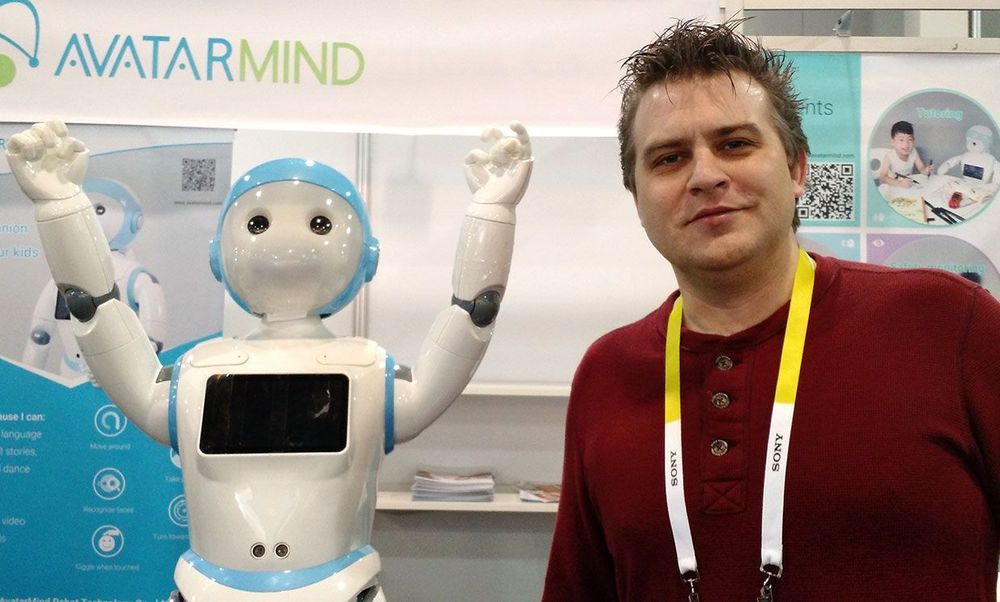
“The thing I find rewarding about coding: You’re literally creating something out of nothing. You’re kind of like a wizard.”
When the smiley-faced robot tells two boys to pick out the drawing of an ear from three choices, one of the boys, about 5, touches his nose. “No. Ear,” his teacher says, a note of frustration in her voice. The child picks up the drawing of an ear and hands it to the other boy, who shows it to the robot. “Yes, that is the ear,” the ever-patient robot says. “Good job.” The boys smile as the teacher pats the first boy in congratulations.
The robot is powered by technology created by Movia Robotics, founded by Tim Gifford in 2010 and headquartered in Bristol, Connecticut. Unlike other companies that have made robots intended to work with children with autism spectrum disorder (ASD), such Beatbots, Movia focuses on building and integrating software that can work with a number of humanoid robots, such as the Nao. Movia has robots in three school districts in Connecticut. Through a U.S. Department of Defense contract, they’re being added to 60 schools for the children of military personnel worldwide.
It’s Gifford’s former computer science graduate student, Christian Wanamaker, who programs the robots. Before graduate school at the University of Connecticut, Wanamaker used his computer science degree to program commercial kitchen fryolators. He enjoys a crispy fry as much as anyone, but his work coding for robot-assisted therapy is much more challenging, interesting and rewarding, he says.
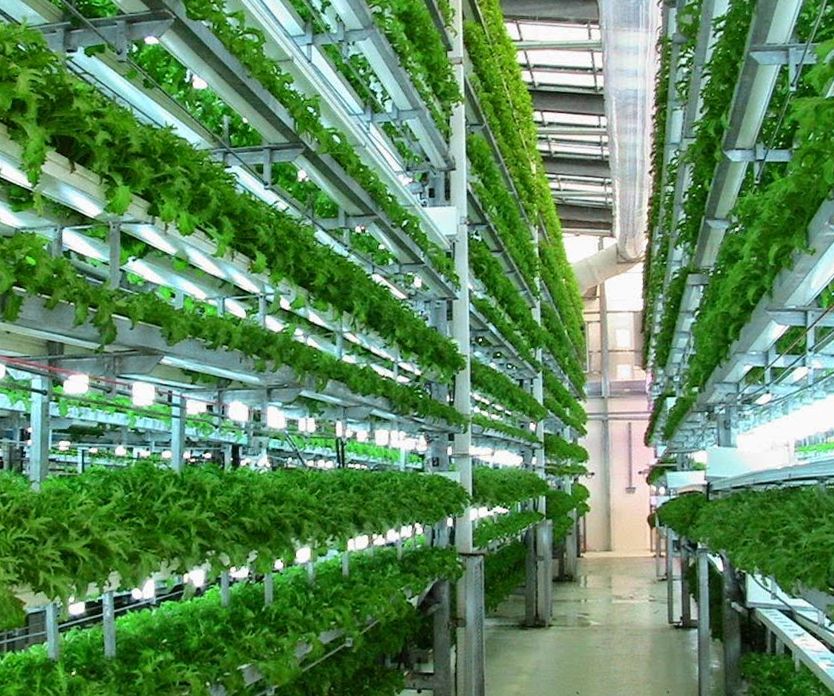
Circa 2016
Taking vertical urban indoor farming efficiency to the next level, a new automated plant coming to Japan will be staffed entirely by robots and produce 30,000 heads of lettuce daily.
The so-called Vegetable Factory is a project of Spread, a Japanese company already operating vertical farms. Located in Kyoto, its small army of bots will various seed, water, trim and harvest the lettuce. Spread’s new automation technology will not only produce more lettuce, it will also reduce labor costs by 50%, cut energy use by 30%, and recycle 98% of water needed to grow the crops.

The hype about artificial intelligence is unavoidable. From Beijing to Seattle, companies are investing vast sums into these data-hungry systems in the belief that they will profoundly transform the business landscape. The stories in this special report will deepen your understanding of a technology that may reshape our world.
© 2019 Fortune Media IP Limited. All Rights Reserved. Use of this site constitutes acceptance of our Terms of Use and Privacy Policy (Your California Privacy Rights).
Fortune may receive compensation for some links to products and services on this website. Offers may be subject to change without notice.
Quotes delayed at least 15 minutes. Market data provided by Interactive Data. ETF and Mutual Fund data provided by Morningstar, Inc. Dow Jones Terms & Conditions: http://www.djindexes.com/mdsidx/html/tandc/indexestandcs.html.
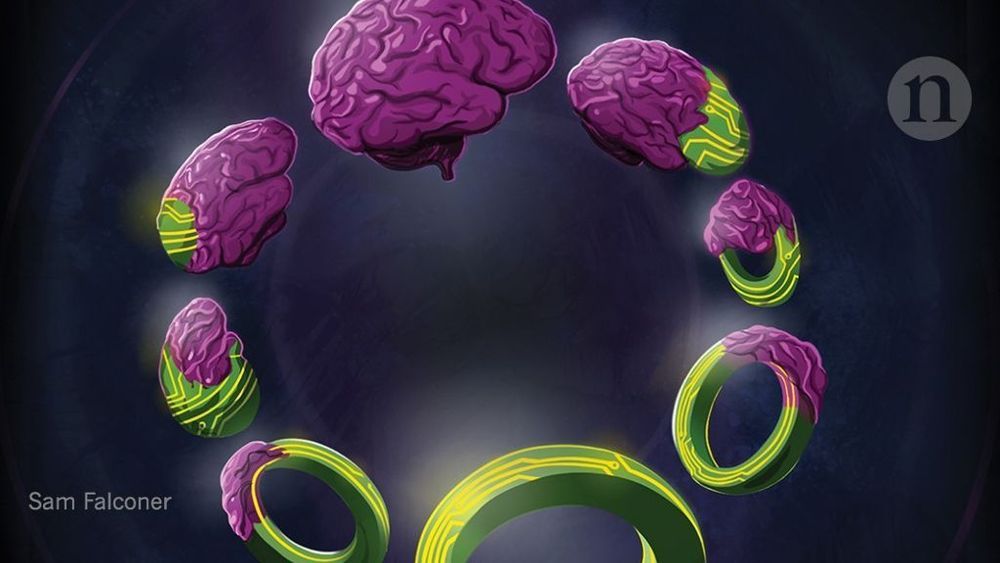
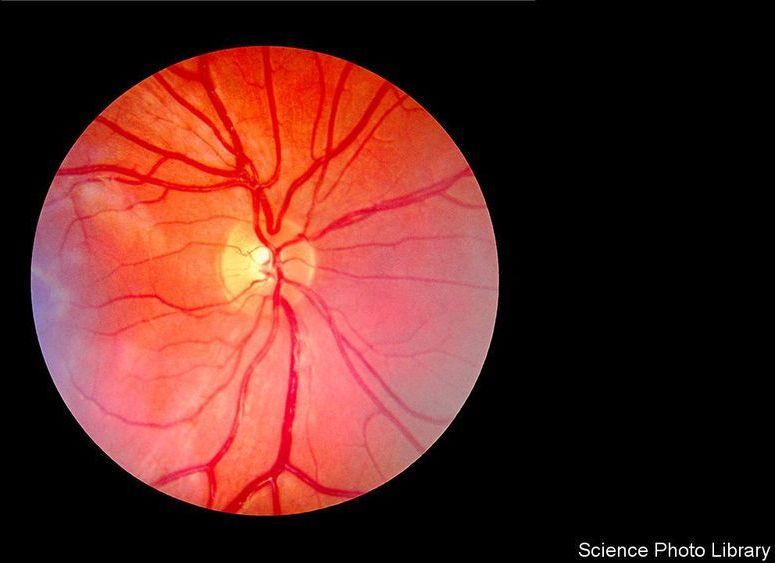
Retinal scanning could be a huge leap forward. Even in rich countries, 50% to 80% of Alzheimer’s cases go undiagnosed.
And, after that, of stroke susceptibility and heart disease.

Sundar Pichai, CEO of Google, calls for sensible regulation of AI. I agree. “Companies such as ours cannot just build promising new technology and let market forces decide how it will be used. It is equally incumbent on us to make sure that technology is harnessed for good and available to everyone.”
Companies cannot just build new technology and let market forces decide how it will be used.

A few years back, DeepMind’s Demis Hassabis famously prophesized that AI and neuroscience will positively feed into each other in a “virtuous circle.” If realized, this would fundamentally expand our insight into intelligence, both machine and human.
We’ve already seen some proofs of concept, at least in the brain-to-AI direction. For example, memory replay, a biological mechanism that fortifies our memories during sleep, also boosted AI learning when abstractly appropriated into deep learning models. Reinforcement learning, loosely based on our motivation circuits, is now behind some of AI’s most powerful tools.
Hassabis is about to be proven right again.